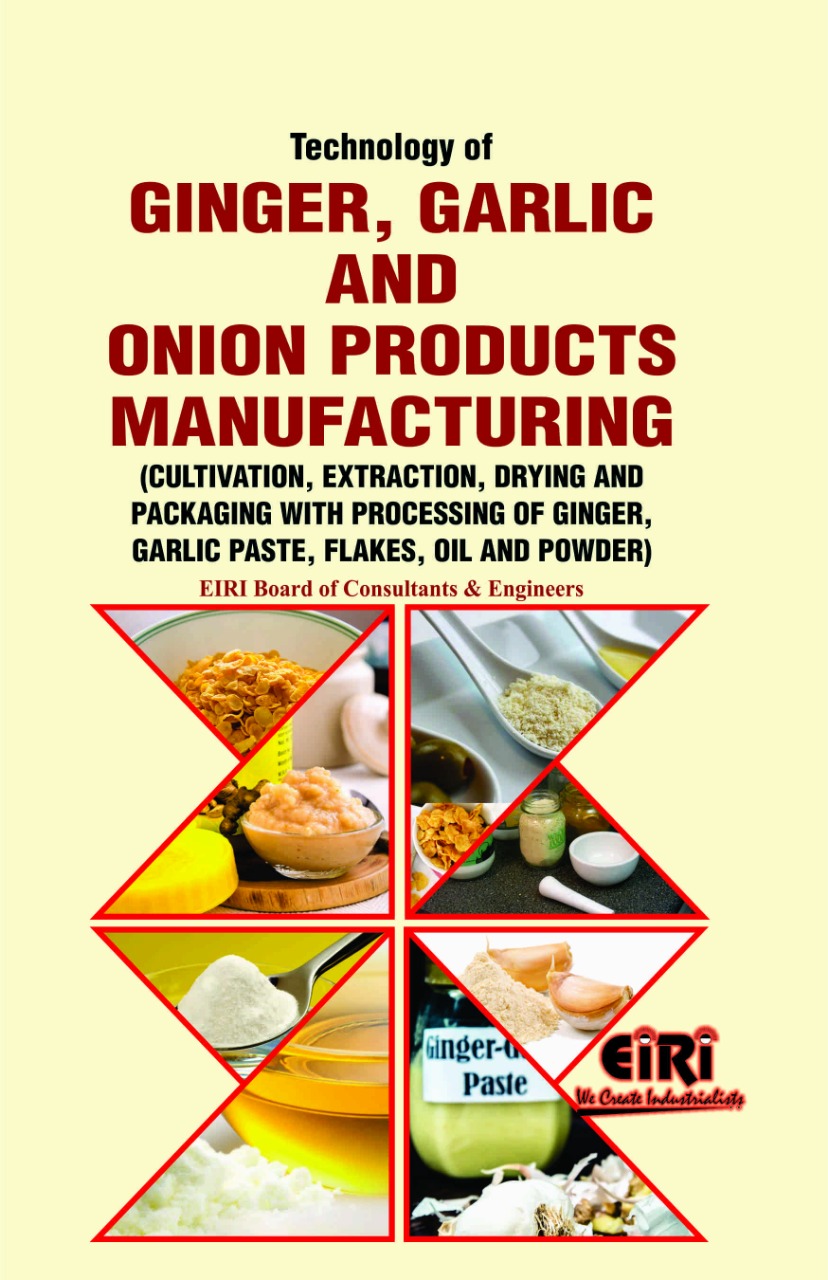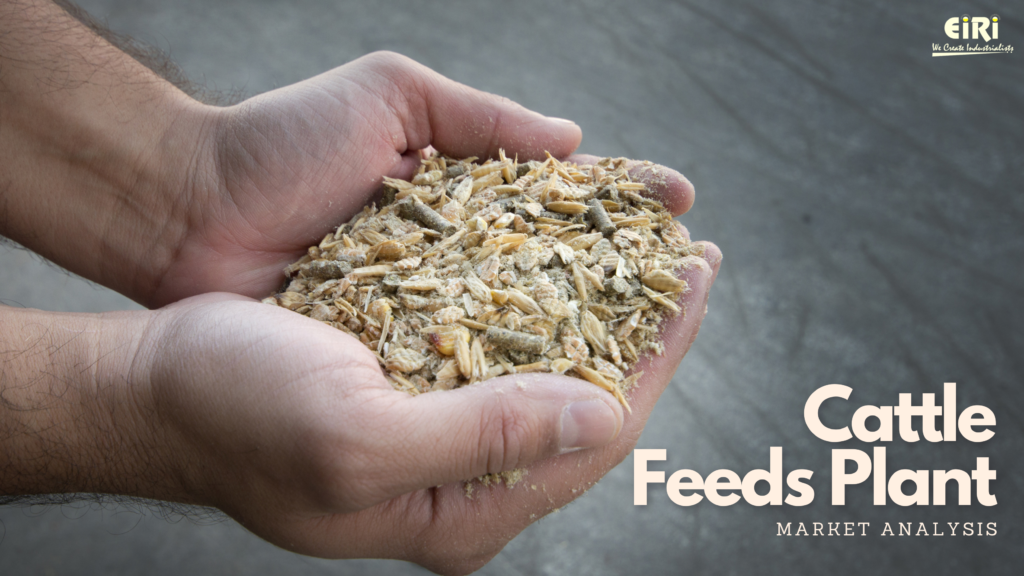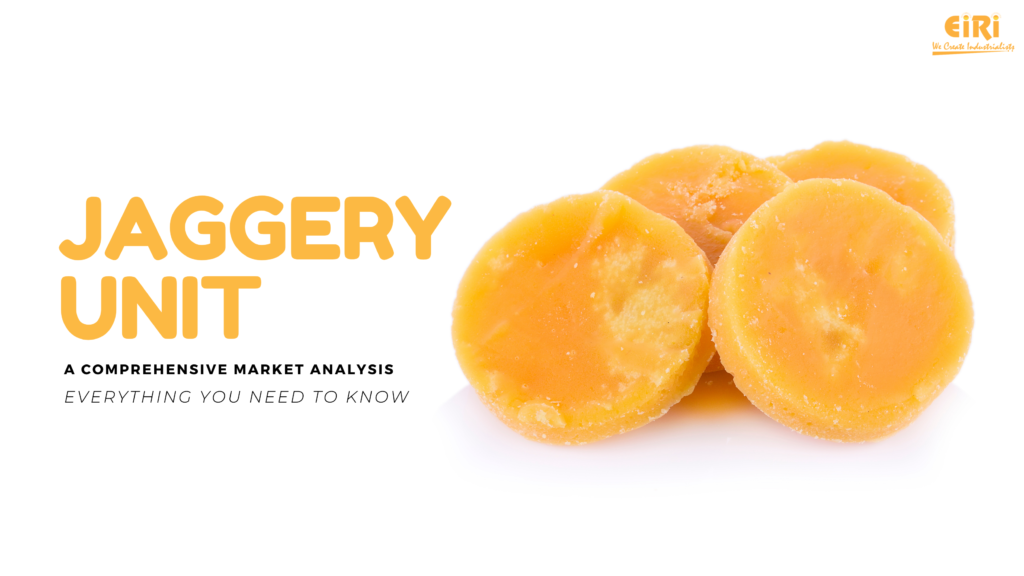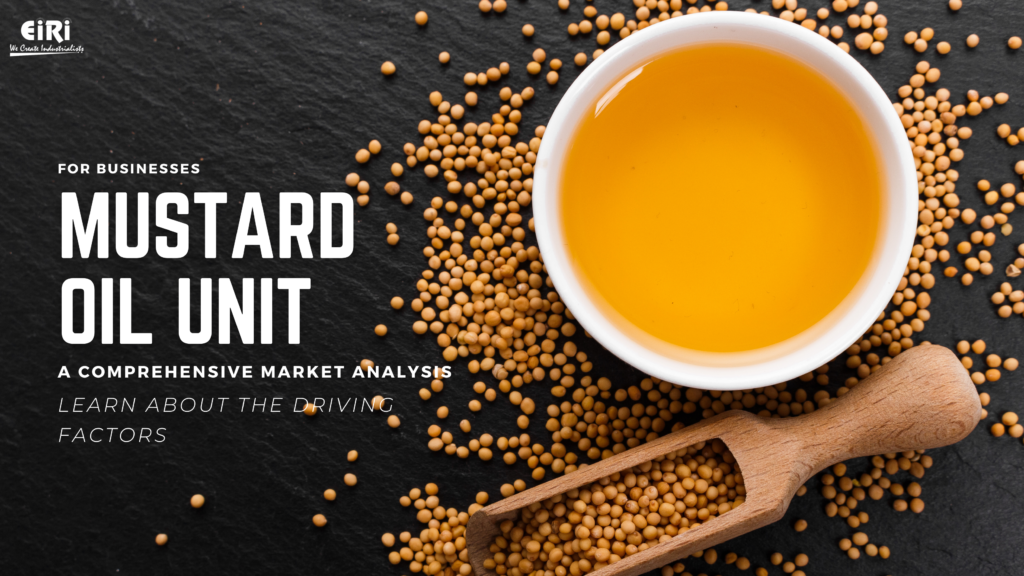Technology Of Ginger, Garlic And Onion Products Manufacturing Cultivation, Extraction, Drying And Packaging With Processing Of Ginger, Garlic Paste, Flakes, Oil And Powder
The book Technology of ginger, garlic and onions manufacturing (cultivation, extraction, drying and packaging) with processing of ginger, garlic paste, flakes, oil and powder covers Onion(Uses, Properties and Applications), Onion Cultivation, Ginger Cultivation and Processing, Garlic Cultivation, Harvesting, Types & Management, Onion Dehydration (Solar drying, Air drying, microwave and freeze drying, infra red drying, vacuum drying, freeze drying and osmotic dehydration), Process of Onion dehydration, Onion flakes with fabricated chip preparation, Onion powder Manufacturing Technology, Uses for Onion Powder, process of producing large dehydrated onion pieces, Process for controlling the pinking of onions, Onion Drying Technology, Onion Extract for Treating Damaged skin tissue, Packaging of Onion Products, Uses of Ginger and Ginger Oil, Production of Essential Oils and Oleoresins, Characteristics of Ginger Variety, Characteristics of Dry Ginger, Processing of Ginger (Fresh Ginger, Dry Ginger & Crystallised Ginger), Ginger Products manufacturing with formulae (Ginger Candy, Pickle, Chutney, Murabba, Juice, Cake and Syrup), Technology of Processing Garlic, Technology of Processing Ginger (Dried Ginger, Peeling, Curing, Sorting and Shipping), Post production Operations of Garlic (Processing of Garlic), Dried Ginger and Ginger Oil, Ginger-Garlic Paste Manufacture with Quality Characteristic, Dry Ginger from Green Ginger, Garlic Flakes and Powder (Dehydrated), Ginger Oil Extraction (Ginger Essential Oil Combined with Ginger Powder).
EIRI have brought out this book for the benefit of Indian and Global entrepreneurs who want to setup or expand their units in India or anywhere in the World. Project profiles of various lucrative units are also added in this book to have the capex knowledge on the viewed products.
Food processing is indispensable for the overall development of an economy as it provides a vital linkage and synergy between the agriculture and industry. It helps to diversify and commercialize farming, enhances income of farmers, creates market for export of agro products as well as generate greater employment opportunities .Through the presence of such industries, a wider range of food products could be sold and distributed to the distant locations.
India, known as the home of spices, boasts a long history of trading with the ancient civilizations of Rome and China. Today, Indian spices are the most sought-after globally, given their exquisite aroma, texture, taste and medicinal value. India is the world’s largest producer, consumer and exporter of spices; the country produces about 75 of the 109 varieties listed by the International Organization for Standardization (ISO) and accounts for half of the global trading in spices. The Indian spices market is worth 400 billion annually. Key spices produced in the country include pepper, cardamom, chilli, ginger, turmeric, coriander, cumin, celery, fennel, fenugreek, ajwain, dill seed, garlic, tamarind, clove, and nutmeg among others.
India possesses many innate advantages over other spice producing countries, its large genetic base, varied soil and climatic conditions, and skilled human power. However, in many of the spice crops productivity is low in India like black pepper, small cardamom. Declining soil fertility, use of low level of inputs like manures, fertilizers and crop protection measures, high labor cost and crop loss due to diseases, lack of resistant varieties and post harvest losses are the major reasons.
Above book is quite useful for new entrepreneurs and established industrialists.




